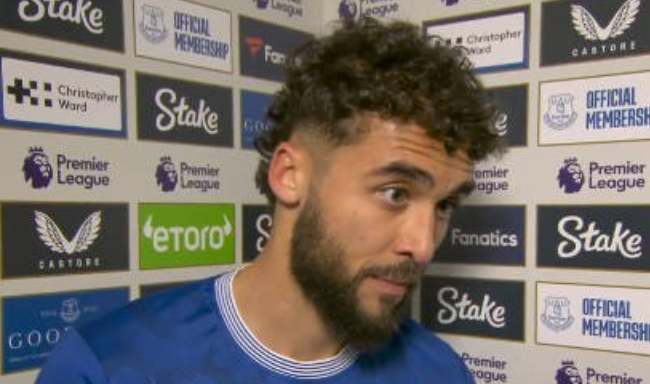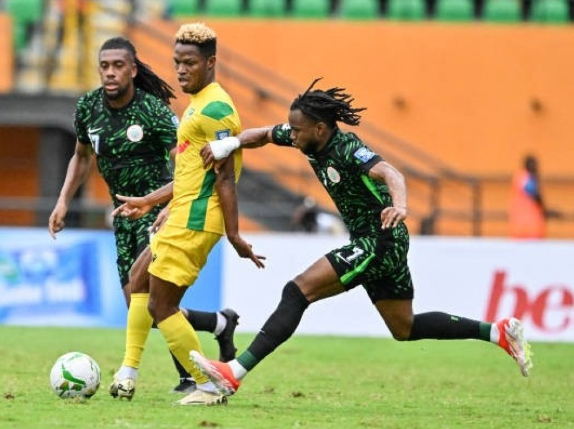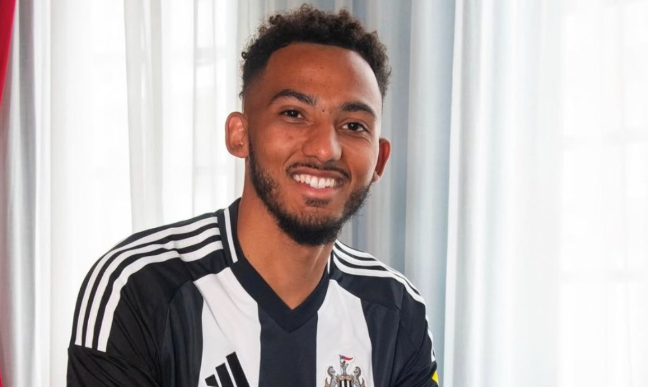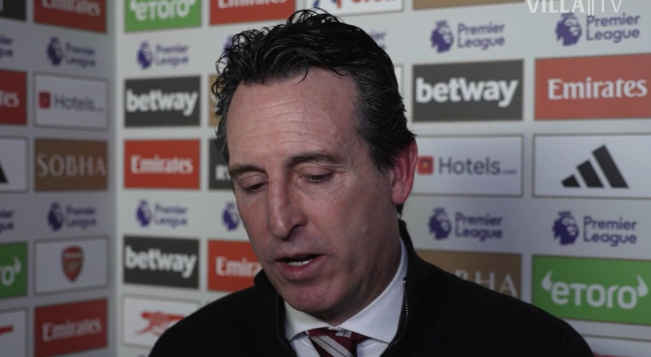
In a twist of fate, an on-pitch battle to the death allowed Denmark's Eriksen to escape.
After emergency treatment, suspension of the tournament and restart of the game, this thrilling European Cup finally came to an end. Denmark lost, but the victory of life and the soul of soccer will never die.
When the light of humanity shines, the European Cup once again with professional and precise rescue action interpretation - life, always higher than soccer.
race against death
Unfortunately, it is in this way that many people have come to know Christian Eriksen.
Fortunately, a textbook stadium first aid and the devout prayers of fans around the globe allowed us to keep Eriksson.
On the second matchday of the Europa League, Denmark suffered an unexpected storm during their home match against Finland in Copenhagen:
At 43 minutes into the first half, Denmark's star player Eriksen suddenly fainted on the ground without any physical confrontation. Motionless, as if unconscious.
With human lives at stake, the referee on duty, Anthony Taylor, decisively blew the game off and called for first responders to enter the arena.
Also reacting quickly was Danish captain Kjaer, who first quickly stepped forward to check and make sure Eriksen had not swallowed his tongue, and began to perform cardiopulmonary resuscitation (CPR) on Eriksen.
Meanwhile, paramedics who had arrived at the scene of the incident continued to administer CPR to Erickson after detecting that he had gone into cardiac arrest.
All the paramedics were in a desperate race against death. The entire process, from rushing onto the field to performing CPR, barely took more than two minutes.
Throughout the rescue, the Danish players on the field, stood as a solid human wall around Eriksen.
Despite the fact that the likes of Delaney and others have long been in tears, they remain steadfastly at their teammates' side.
After emergency resuscitation, Eriksson, who was out of life-threatening condition, was carried off the pitch amidst neat support and chants from the crowd.
Later, UEFA issued a statement via its official Twitter feed that the Euro 2020 tournament in Copenhagen has been suspended due to a medical emergency.
Meanwhile, almost every sports club around the world, every player, every media outlet, and every one of you and I who follow the Euros are silently praying for Eriksson. And the fans who are still at the matches are still singing prayers for Eriksson.
The Light of Humanity.
Soccer commentator, Khe Han, hammered down those four words on Twitter.
Finally, after the heart-wrenching ordeal, the Danish myth was repeated with good news after good news:
Eriksen has been moved to hospital and the player's condition has been stabilized. (UEFA)
Eriksson has recovered and regained his speech. (Erickson's agent)
Eriksen speaks to his Danish teammates via FaceTime. (German TV2)
At the request of the players of both teams, UEFA has agreed to restart the match between Denmark and Finland tonight at 20:30 CET. (UEFA)
Screenshot from UEFA's Twitter feed
In the end, there is no danger, from the ghost of Eriksen, in the hospital quickly began the recovery phase, although his future career on this put a big question mark, the field lost Eriksen's Denmark, but also to 0:1 defeat Finland, the prospects of qualifying for the group stage overshadowed.
But when it comes to life, soccer, damn soccer, is no longer the most important job on the Europa League field today.
After breathing a sigh of relief, we can't help but reflect on the fact that first aid at the stadium and rehabilitation of players are key issues that modern soccer must manage and enhance in the post-epidemic era.
Stubborn heart disease: the shadow of soccer
The cloud of heart disease has always hung over the sport of soccer.
Before Eriksson, the world soccer world has experienced too many tragic stories of players saying goodbye to soccer or even losing their lives due to sudden heart attacks on the pitch.
For example, just three years ago, Fiorentina captain Astori, 31, left this world when he died of a heart attack in the hotel where he was staying with his team to prepare for the Udinese match.
Back in 2003, during the semi-final of the Confederations Cup, Vivian Fou fainted in an uncontested situation, and by the time the on-site medical team came to the scene, Vivian Fou's breathing was already very weak. Although the team doctors quickly administered artificial respiration and pulled out his tongue to prevent it from blocking his throat, the Cameroonian ironman passed away on the way to the hospital, having just celebrated his 28th birthday.
Vivian Foo tragedy only 4 years later, Sevilla player Puerta, in the first round of the La Liga match against Getafe sudden heart attack, after receiving treatment from the team doctor Puerta once regained his sanity, sober walk off the field. But in the players' corridor, he fainted again and triggered shock, and was immediately sent to the ICU of the local hospital.
Three days later, Puerta's condition suddenly deteriorated, and doctors stated that what he was experiencing was an invisible heart attack accompanied by an irregular heart rate, a relatively rare form of secondary heart disease. Eventually, the 22-year-old young player sadly passed away.
There are also players who, after suffering a heart attack on the pitch, were lucky enough to be resuscitated and saved their lives, but said goodbye to the game of soccer.
In 2008, Real Madrid midfielder de la Reyde suddenly fainted during a Copa del Rey match, and despite regaining consciousness on the way to the hospital, he had to retire early for the sake of his health.
In July 2017, Ajax youngster Abdulhak Nouri, collapsed and fainted without the ball during a warm-up match against Werder Bremen, and after being quickly rushed by helicopter to a nearby hospital, Nouri, despite being out of life-threatening condition, experienced a prolonged coma for 2 years and 9 months thereafter.
In contrast, Bolton player Mwamba, who came from the jaws of survival in 2012, could be considered lucky.
Mwamba suddenly fainted on the pitch during the FA Cup quarter-final that year. According to a post-mortem, Mwamba's heart stopped for a full 78 minutes and underwent more than 15 electric shocks before the Congolese player's heartbeat returned.
After this, Mwamba ended his soccer career early and started a charity work to assist soccer players in preventing and controlling heart diseases. Mwamba also took to Twitter to pray for Eriksen in the first moments after he collapsed and fainted.
First Aid on the Pitch: Essential Questions for Modern Soccer
The root cause of Eriksson's illness this time remains to be confirmed by further research. But this fiasco has proved once again that the improvement and protection of first aid on the pitch is a vital and mandatory topic in modern soccer.
According to medical research, young athletes who participate in highly competitive sports are at significantly higher risk of sudden death than non-athletes, and the rate of sudden death is several times higher in men than in women. Soccer, especially professional soccer, is the sport with the highest rate of sudden death among athletes.
In 2006, a study from the European Cardiovascular Society was published:
From 1980 to 2000, more than 2,000 athletes died suddenly worldwide, with soccer players accounting for more than 30% of the total.
The more important data is that the brain cells in the lack of oxygen conditions, the best rescue time is only 4-6 minutes. In the first 4 minutes of the onset of the disease is the most important moment to rescue critically ill patients, medically known as the golden 4 minutes of first aid.
These cold data above are sufficient to illustrate the suddenness of sudden cardiac death and the difficulty of rescue, however, in the face of death, life is certainly fragile, but the introduction of automated external defibrillator (hereinafter referred to as AED) is the key to unlocking the key to these difficulties.
According to medical research, if you can give electric shock to patients with cardiac arrest within one or two minutes, the success rate of first aid is as high as 90%; for every one-minute delay, the success rate will be reduced by 7% to 10%. AED can win the golden time for patients to save their lives, and it is an absolute life-saving magic weapon. And its most important feature is that users do not need to have a medical professional background, after a relatively short period of training can be used.
As a result, over the past few years, national leagues and various intercontinental tournaments, have included AED defibrillators in the list of essential medical tools for the tournament and have trained on how to perform medical emergencies on the training ground and in the stadium.
In fact, just 15 years ago, when Chelsea goalkeeper Cech was brutally shot in the head by a Reading player, on-field paramedics and ambulances were not a necessity at soccer matches. The Czech's cracked skull and passing out at one point on the pitch caused many soccer events to start rethinking their on-field medical care and making improvements. Since then, more and more stadiums have only begun to set up the equipment needed for emergency rescues to assist in saving players' lives in unexpected situations.
With the rapid development of sports medicine and the more and more perfect arrangements for sports events, the event medical team has become a systematic project with multiple participants. In the whole process of treating Erickson, we can see that there are three waves of medical team members of different compositions, participating in the on-site medical treatment.
However, compared to sports such as Formula 1, soccer has a significant upside in its ability to set and enforce standards for on-site medical care.
As the most medical-oriented sports event, F1 not only distinguishes between a rescue team and a medical team, but also sets up a fairly high level of team equipment.
It is common to have multidisciplinary physicians including anesthesiologists, vascular surgery, burns, spine, brain surgery, and thoracic surgery throughout the medical team.
Ensure that the vital signs of the casualty are maintained, and reduce the rate of disability and mortality during transfer to the hospital while stabilizing the injury.
As the influence of soccer continues to rise, for the top soccer teams, which are taking on more and more social responsibility, the demands in terms of medical care have begun to shift more towards sports protection and sports nutrition.
There are a significant number of clubs today that perform a full respiratory checkup, cardiorespiratory checkup, full body bone and joint scans, and a full sports stress test on every player, at regular intervals during the season.
In other words, the methods by which players undergo medical examinations are now dozens of times more complex than they were a decade ago, and getting lost in the medical examination room is no longer just a modern soccer joke, it's slowly becoming a reality.
From stricter and stricter medical examinations, to the availability of team doctors, to first aid measures at the stadium. The underlying purpose is to better protect the lives of these professional players.
A professional and precise first aid has allowed the Europa League to fend off the shots of death last night.
At this moment, perhaps No news is good news. Eriksson can be safe and sound recovery health, is the common expectation of all, but whether he can return to the field in the future, but also to see the final conclusion of the medical experts.
Denmark captain Kjaer shakes hands with Schmeichel before resumption of Denmark Finland game
When the Danish players returned to the stadium, formed a circle to encourage each other to continue to fight in front of fans around the world; when the Finnish players as opponents but applauded the Danish players to send the most sincere encouragement; when due to the epidemic was not full of fans, once again focus on the game, loud applause ......
We can't help but wonder:
: Football has never been higher than life and death, but with the addition of technology and professionalism, the return of the game to our daily lives is just as much an ode to life.






























